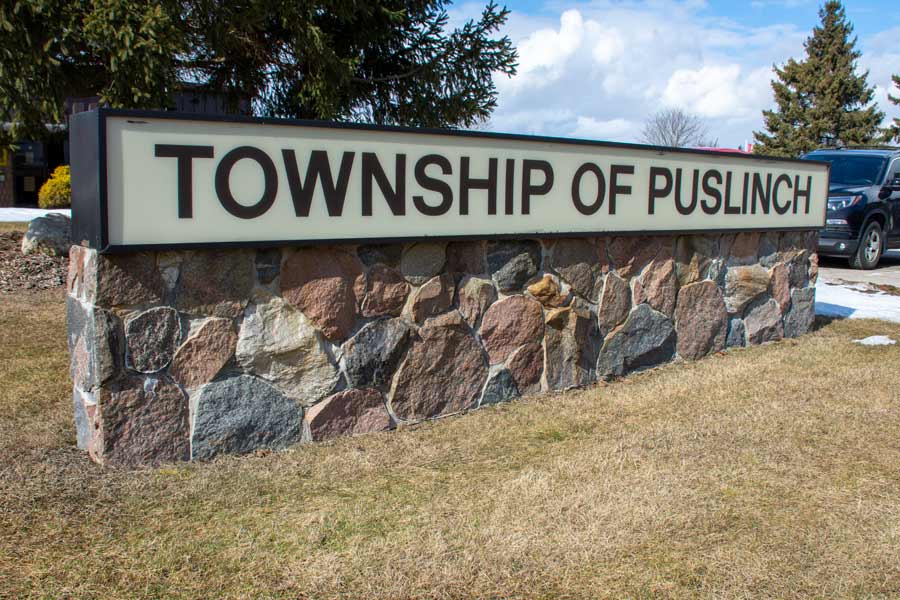ABERFOYLE – Councillor Sara Bailey wanted Pusinch council to begin the process of identifying and including properties and features in the township’s natural asset management plan – something all municipalities in Ontario will soon be required to do.
Bailey sits on the board of Conservation Halton and drew attention, at the April 10 council meeting, to a report the conservation authority submitted to the township for information.
“Natural asset management planning goes beyond roads and bridges,” Bailey said. “This is up and coming and I want to start the conversation now.
“I think there’s opportunity in Puslinch.”
Municipalities are already required to have asset management plans in place by July 2025.
These include an inventory of all properties, buildings and equipment owned by a municipality, as well as estimates of their value, and an overall financial plan for maintenance, repairs or replacement.
Natural assets like trails, ponds, wetlands, forests, rivers, and other natural features are susceptible to climate change and this must be factored into the asset management plan as well.
In its report, Conservation Halton outlined a study it conducted in the Grindstone Creek Watershed in partnership with the City of Hamilton, City of Burlington, Halton Region, Royal Botanical Gardens, and Natural Asset Initiative.
The Natural Assets Initiative spearheaded the work with Green Analytics and Associated Engineering Ltd. The project was funded by the Greenbelt Foundation, Conservation Halton, City of Burlington, and City of Hamilton.
What the study made clear is that natural asset management is more complicated than figuring out when a new fire truck will need to be purchased or a roof replaced at a recreation centre.
Findings, as outlined in the report, include:
- when assessed at the watershed level, there will be redundancies and shared responsibilities for municipalities;
- successful natural asset management planning involves an in-depth understanding of the functioning of natural assets and the benefits and services they provide to the community. Conservation authorities have this expertise and should be consulted as these plans are established;
- natural assets may have different value seasonally;
- there is a lack of consensus on defining what constitutes a natural asset and how to classify things like rain gardens, green roofs, permeable pavement and infiltration trenches; and
- similarly, it’s hard to quantify the benefits of these features as there are many – from carbon sequestering to erosion control, to providing habitat for wildlife and water life, to tourism and recreation.
“Recognition and jurisdiction of the range of benefits and services natural assets offer often cross municipal boundaries and thus fall beyond the scope of the municipal asset management plan,” the Conservation Halton report states.
“Puslinch has three different watersheds,” Bailey said. “We need to start thinking about how important these assets are in Puslinch.”
Mayor James Seeley was hesitant to take the lead in such a study, suggesting it should be up to the conservation authorities and upper tiers of government to spearhead such initiatives.
“It’s good to identify them (natural assets) but it will handicap municipalities,” Seeley said.
“The cost for maintaining environmental features is exponential. Not everything is in our wheelhouse.”
Bailey introduced a motion to have staff reach out, for guidance on how to begin, to the three conservation authorities within Puslinch (Conservation Halton, the Grand River Conservation Authority and Hamilton Conservation Authority) as well as Wellington County and Matrix Solutions.
Council approved the motion.




